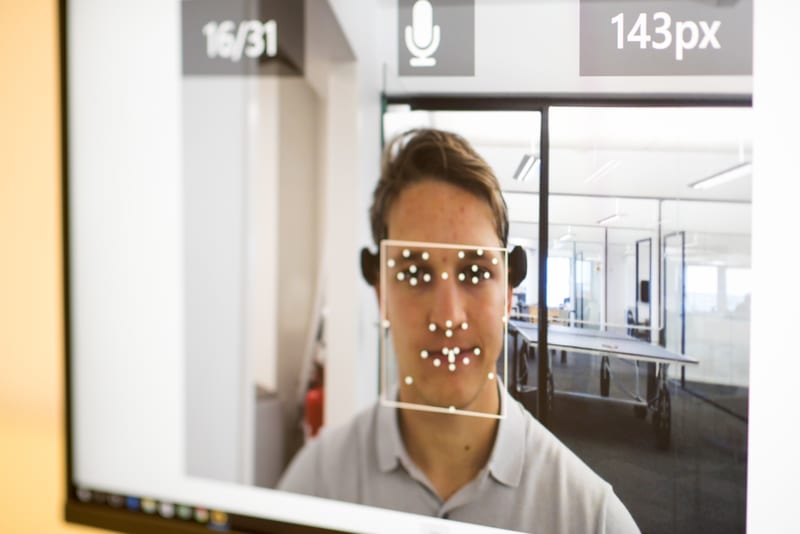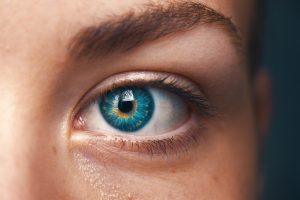Discover the power of concept testing with biosensors to enhance product launches. Learn how combining qualitative and quantitative methods, along with advanced tools like Voice Analysis, Facial Expression Analysis, and Eye Tracking, provides deep insights into user emotions and behaviors, ensuring your product resonates with its target audience and succeeds in the market.
Table of Contents
Introduction
When launching a new product, you want to do everything you can to ensure it won’t be an immediate flop. By product we mean anything from a piece of furniture, to a new website or a car, anything that could be While several strategies can help achieve success on launch day, the most reliable is concept testing-or prototype testing for physical products.
Concept testing, in its simplest form, involves inviting a group of people to test your product and provide real-time feedback. Essentially, it’s about asking people to try out your product before it hits the market to see if they share your vision and excitement.
Who Should Test Your Product Concept?
The group invited to test your product should not be just anyone tempted by free coffee and snacks. Instead, this focus group should represent a sample of your target audience or potential customers. Ideally, it includes a mix of current customers, potential new customers, and occasionally, key stakeholders or industry experts. Having a group that reflects your prospective customers brings you closer to your goal: to get accurate feedback and insight into how your concept might perform in the broader market.

Combining Qualitative and Quantitative Methods for Concept Testing
For effective concept testing, it’s beneficial to use a mix of quantitative and qualitative data collection methods. When a group tests your product, qualitative methods like focus groups and interviews are invaluable. They provide deep insights into what customers think and feel about your product, why they like or dislike certain features, and what improvements could be made. This detailed feedback helps shape a product that genuinely resonates with your target audience.

Quantitative methods, such as surveys, also play a crucial role by adding a layer of measurable data-like overall interest and purchase intent. Combining these approaches provides a comprehensive picture of how your product might perform in the market.
Enhancing Concept Testing with Biosensors
Traditional methods-questionnaires, interviews, surveys, and observations-are useful, but to truly understand the emotional responses of your focus group, deeper, unbiased insights are needed. Unfiltered reactions, such as frustration, confusion, joy, or skepticism, can be captured during “think-aloud” sessions, where participants verbalize their thoughts while interacting with the product. This is where biosensors, particularly Voice Analysis, come in.
Voice Analysis
Voice Analysis is a powerful tool for detecting emotional cues in how people discuss your product. By analyzing pitch and prosody, it can reveal emotions like stress, frustration, happiness, or calmness purely from tone. Coupled with our Speech-to-Text function in the iMotions Core module, it also assesses the emotional tone of their words and their choice of syntax, providing a comprehensive view of user sentiment.
Facial Expression Analysis
Facial expression analysis enhances concept testing by capturing genuine emotional reactions that traditional methods might miss. While focus groups and surveys rely on participants’ conscious expressions, facial analysis can uncover immediate, instinctive responses, revealing moments of surprise, confusion, delight, or skepticism. This provides a clearer picture of how people truly feel about your product concept beyond what they verbally articulate.

Eye Tracking
Eye tracking technologies-whether screen-based, glasses, or webcam-offer unique insights into user attention and interest during concept testing. Unlike traditional methods that rely on recall, eye tracking provides precise, real-time data on visual engagement, showing where users look first, what holds their gaze, and what they might overlook.
- Screen-Based Eye Tracking captures how long users focus on specific elements on a digital screen, helping optimize design and layout to enhance user experience.
- Eye Tracking Glasses go beyond the screen to capture real-world interactions, revealing what users notice or ignore in natural settings, such as physical products, packaging, or in-store experiences.
- Webcam Eye Tracking offers an accessible approach, using standard webcams to remotely track gaze patterns, making it scalable and enabling broader data collection.
A good example of how to apply all the aforementioned biosensors in a single study; is in automotive concept testing. There are a host of parameters that needs to be taken into account when a test driver drives a concept car, that only through a mix of eye tracking, facial expression analysis and voice analysis, can you achieve the deep insights into emotional engagement with the product that would otherwise be unattainable.
In this video, the presenters of YouTube Channel NowYouKnow, test out how a first time driver reacts to Tesla’s self-driving feature, showcasin well how a concept test could look, when collection data using biosensors.
Conclusion
In the pursuit of unbiased feedback in a concept testing study biosensors are an invaluable help to achieve that goal. Through multimodal data collection you can gather a host of data from your focus group, that would otherwise fly under the radar, putting your product R&D in danger of missing crucial insights that your respondents might not have been able to vocalize or adequately explain by themselves.
iMotions Product Design and Testing Lab
Get the data insights to drive meaningful and measurable development of your product and marketing.












